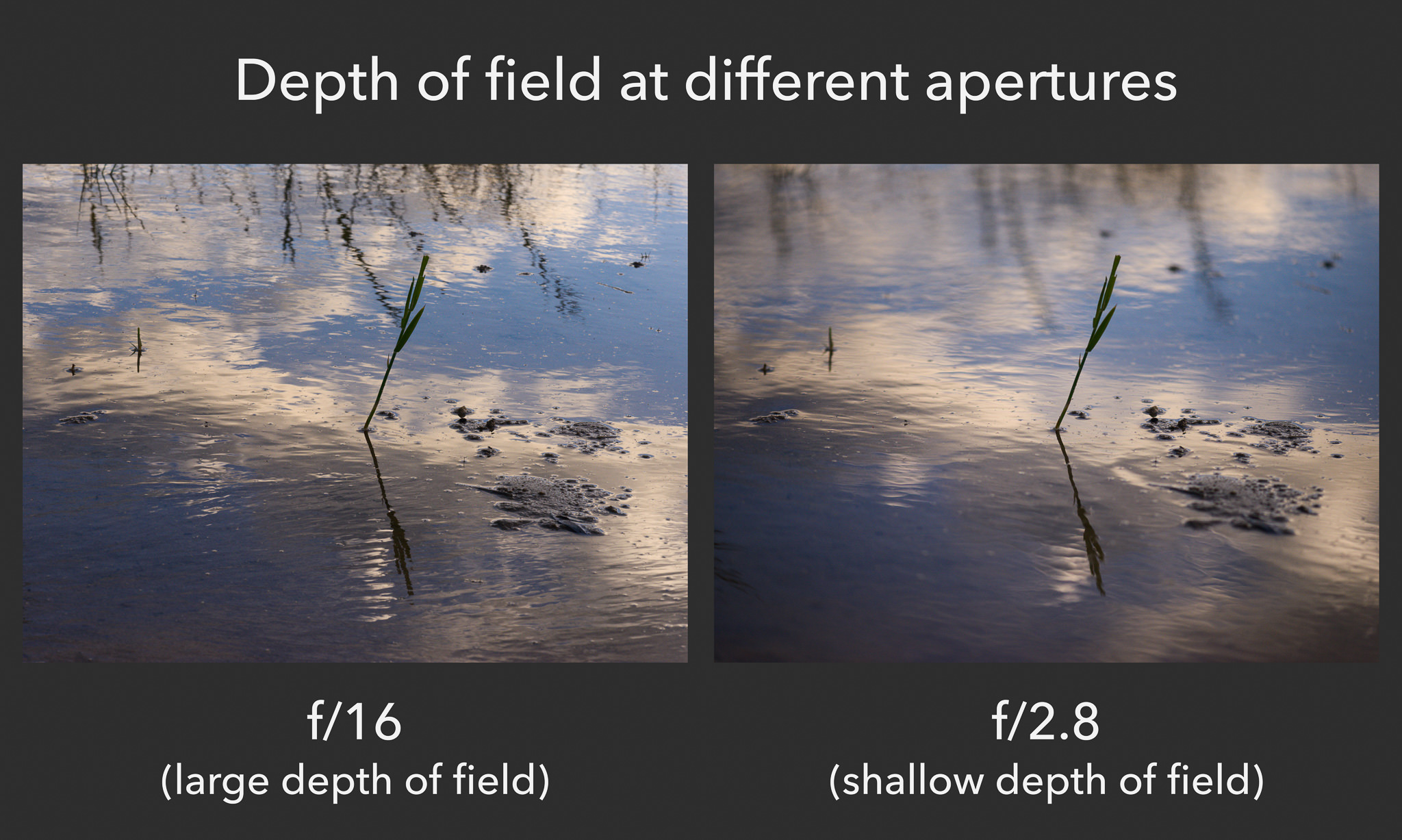
Small vs big aperture iso#
Aperture, shutter speed, and ISO work together to give you a well-exposed (or poorly exposed) image. The point here is that, while aperture does determine exposure, you can’t think about it in isolation. Increase your ISO by a stop while decreasing your aperture by a stop, and you’ll end up with an identical exposure. A key consequence of this: different exposure variables can cancel each other out.
Small vs big aperture full#
In terms of exposure, widening your aperture by a full stop has the exact same effect as lowering your shutter speed by a full stop or boosting your ISO by a full stop. And if you want to darken a photo, you can raise the shutter speed or drop the ISO. If you want to brighten a photo, you can also lower the shutter speed or boost the ISO. Of course, aperture isn’t the only variable that affects exposure. If you’re photographing a subject in the shade, a wider aperture will brighten things up. (In fact, using a narrow aperture is often a good idea when shooting sunsets!) So if you’re photographing a beautiful sunset and your photos keep turning out too bright, you can always narrow the aperture to darken down the image. And by narrowing the aperture, you let in less light, which darkens your image. Remember what I said above? By widening the aperture, you let in more light, which brightens your image. (The other two variables are shutter speed and ISO.) In general, the goal is to end up with a photo that’s not too dark and not too bright instead, you want a shot that’s just right, one with lots of detail.Īperture is one of the three key variables that affect your exposure.

In the next two sections, I’ll discuss the primary effects of aperture:Īs you may already know, exposure refers to the brightness of a photo. A smaller hole allows less light to hit the sensor, darkening your photos.Īnd by adjusting the aperture setting on your camera, you can adjust the size of the aperture (and, in turn, affect a photo’s brightness).Īt this point in the article, you should know what aperture is: a hole in the lens that increases and decreases depending on your camera settings (i.e., your f-stop value).īut what does aperture actually do? How does it affect your photos? A larger hole allows more light to hit the sensor, lightening your photos. Let’s dive right in, starting with the most important question of all: What is aperture?Īperture is the opening in the camera lens. Ready to take your photos to the next level? If you can master aperture, then you’ll gain a huge amount of creative control over your photography.
Small vs big aperture how to#
How to choose the perfect aperture for landscape photography, portrait photography, and more.How you can use aperture to capture artistic images.What aperture actually is (in simple, easy-to-understand terms).So in this article, I’m going to take you through all the ins and outs of aperture, including:

What is aperture in photography? How does it work? And how can you use it to capture photos like the pros?Īperture is an essential camera setting in my opinion, it’s where the magic happens in photography.


 0 kommentar(er)
0 kommentar(er)
